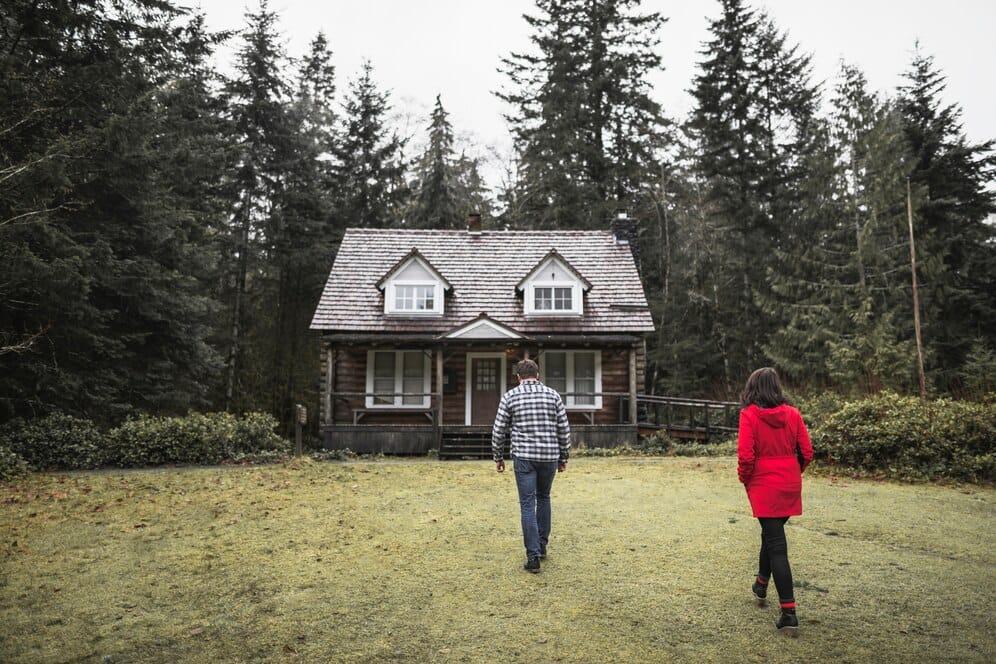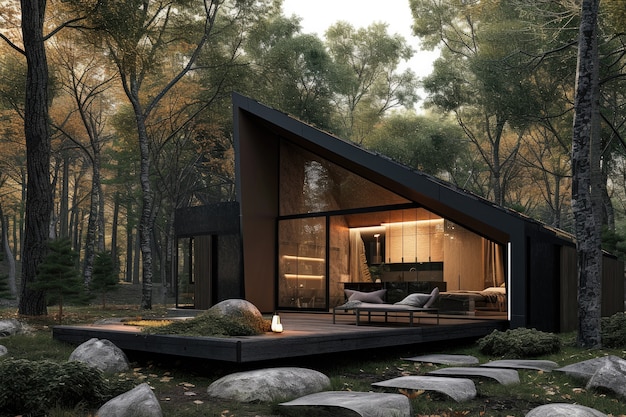Tiny House Living: Embracing Simplicity in Compact Spaces
Enter tiny house living, a trend that's gaining momentum as people seek to downsize and live more intentionally


In today's fast-paced world, the idea of simplifying life has become increasingly appealing. Enter tiny house living, a trend that's gaining momentum as people seek to downsize and live more intentionally. But what exactly is tiny house living, and how does it simplify life in small spaces? Let's dive in and explore the wonders of tiny house living together.
Table of Contents
| Sr# | Headings |
|---|---|
| 1. | What are Tiny Houses? |
| 2. | The Appeal of Tiny House Living |
| 3. | Maximizing Minimalism in Tiny Homes |
| 4. | Functional Design: Making Every Inch Count |
| 5. | Sustainable Living in Tiny Houses |
| 6. | Financial Freedom through Tiny House Living |
| 7. | Building Community in Compact Spaces |
| 8. | Challenges of Tiny House Living |
| 9. | Overcoming Challenges: Tips and Solutions |
| 10. | Frequently Asked Questions (FAQs) |
What are Tiny Houses?
Tiny houses are small, compact dwellings typically ranging from 100 to 400 square feet in size. They are designed to maximize space utilization while minimizing environmental impact. These homes often feature clever storage solutions, multi-functional furniture, and innovative design concepts to optimize every inch of space.
The Appeal of Tiny House Living
Tiny house living offers a myriad of benefits, making it an attractive option for individuals seeking a simpler, more sustainable lifestyle. From financial freedom to environmental sustainability, the appeal of tiny house living lies in its ability to prioritize experiences over possessions and foster a greater sense of freedom and flexibility.
Maximizing Minimalism in Tiny Homes
Minimalism is at the core of tiny house living. With limited space, inhabitants are encouraged to declutter and prioritize only the essentials. This minimalist approach not only creates a clutter-free environment but also fosters a sense of clarity, tranquility, and mindfulness.
Functional Design: Making Every Inch Count
Functional design is key to the success of tiny house living. Every element of a tiny home serves a purpose, from loft bedrooms to convertible furniture. By maximizing functionality and efficiency, tiny house dwellers can make the most of their limited space without sacrificing comfort or convenience.
Sustainable Living in Tiny Houses
Tiny house living aligns with principles of sustainability and environmental stewardship. These homes typically have a smaller ecological footprint due to their reduced size and energy-efficient features. Many tiny house enthusiasts also embrace off-grid living, utilizing renewable energy sources such as solar power and composting toilets to minimize their environmental impact.
Financial Freedom through Tiny House Living
One of the most significant advantages of tiny house living is the financial freedom it offers. With lower construction costs, minimal maintenance, and reduced utility bills, tiny house dwellers can enjoy significant savings compared to traditional homeownership. This financial liberation provides opportunities for individuals to pursue their passions, travel, or invest in experiences rather than material possessions.
Building Community in Compact Spaces
Contrary to popular belief, tiny house living does not mean living in isolation. Many tiny house communities and co-living spaces are vibrant hubs of camaraderie and support. By sharing resources, ideas, and experiences, residents of tiny house communities forge meaningful connections and create supportive networks based on shared values.
Challenges of Tiny House Living
While tiny house living offers numerous benefits, it also presents its unique set of challenges. Limited storage space, zoning regulations, and the adjustment to a minimalist lifestyle can be daunting for some. However, with creativity, flexibility, and determination, these challenges can be overcome, allowing individuals to fully embrace the tiny house lifestyle.
Overcoming Challenges: Tips and Solutions
- Maximize Vertical Space: Utilize vertical storage solutions such as wall-mounted shelves and hanging organizers to make the most of limited floor space.
- Stay Organized: Adopt a minimalist mindset and regularly declutter to keep your tiny home neat and tidy.
- Research Zoning Regulations: Before building or parking your tiny home, research local zoning laws and regulations to ensure compliance.
- Join a Tiny House Community: Connect with other tiny house enthusiasts for support, advice, and camaraderie.
- Embrace Flexibility: Be open to adapting and evolving your tiny house lifestyle as you encounter challenges and learn new ways to make the most of your space.
Frequently Asked Questions (FAQs)
1. Are tiny houses legal?
- Yes, tiny houses are legal in many areas, but regulations vary by location. It's essential to research local zoning laws and building codes before embarking on your tiny house journey.
2. How much does it cost to build a tiny house?
- The cost of building a tiny house can vary widely depending on factors such as size, materials, and location. On average, however, a tiny house can be built for $20,000 to $50,000, or even less if you're willing to DIY.
3. Can I live in a tiny house with a family?
- While tiny house living is often associated with single individuals or couples, many families successfully live in tiny houses. However, it requires careful planning, creative design solutions, and a willingness to prioritize experiences over possessions.
4. What are the pros and cons of tiny house living?
- Pros include financial freedom, sustainability, and simplicity, while cons may include limited space, zoning regulations, and the need to adjust to a minimalist lifestyle.
5. How do tiny house dwellers deal with utilities?
- Many tiny house dwellers utilize off-grid solutions such as solar power, rainwater harvesting, and composting toilets to minimize their reliance on traditional utilities. Others may park their tiny homes in RV parks or on private land with access to utilities.
In conclusion, tiny house living offers a unique opportunity to simplify life, reduce environmental impact, and embrace a more intentional way of living. By prioritizing experiences over possessions and fostering meaningful connections within communities, tiny house dwellers can discover a newfound sense of freedom, fulfillment, and purpose in their compact spaces. So, are you ready to embrace the simplicity of tiny house living?